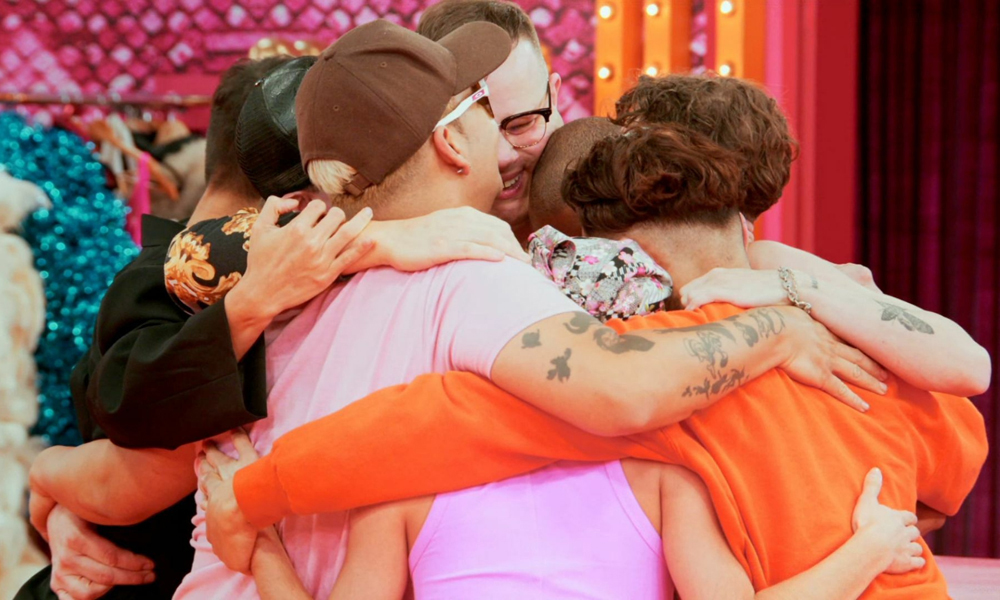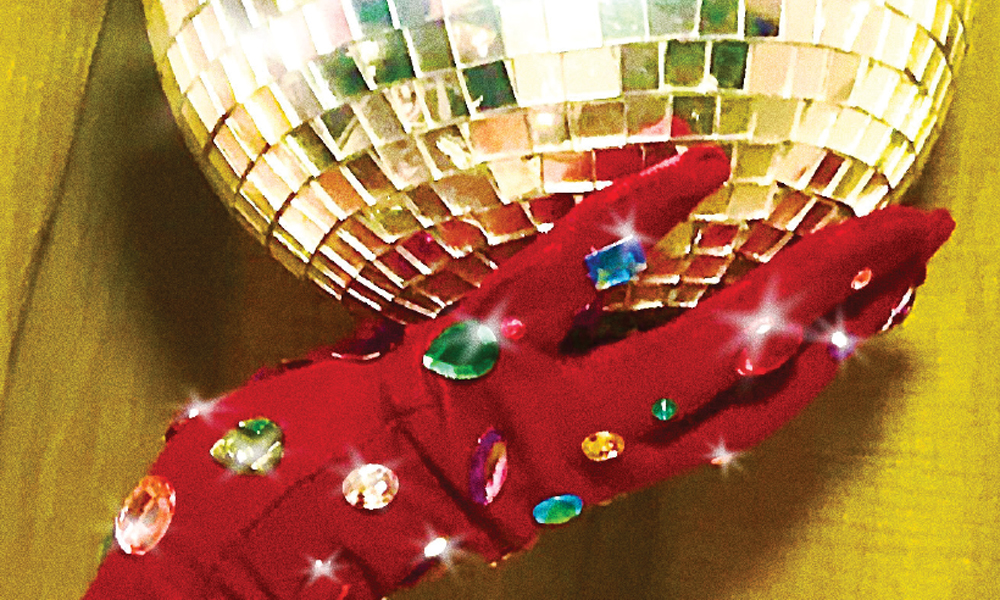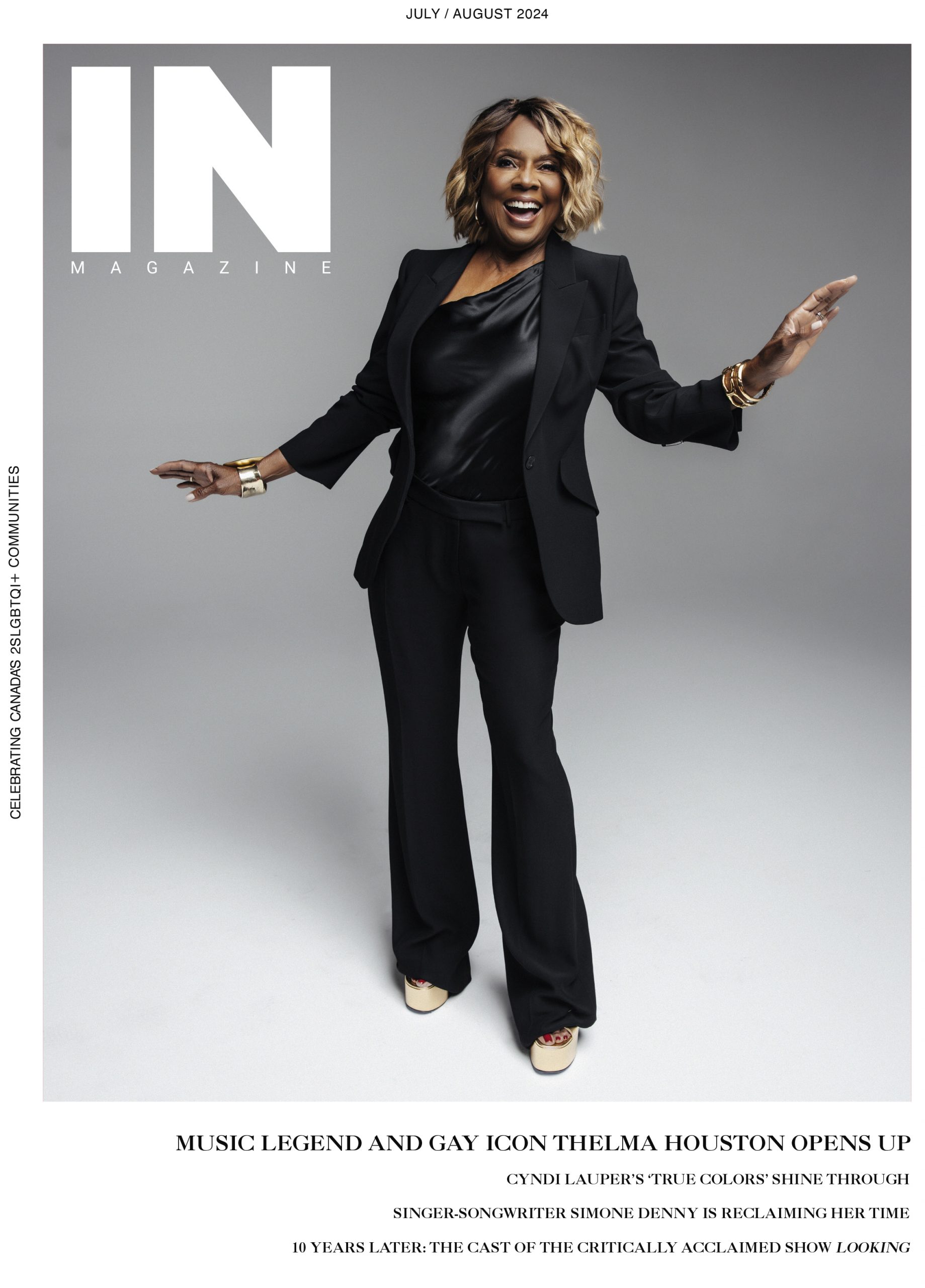Queers need safe spaces because to us, not every place is safe…
By Emily Norton
In my second year of university, I was fresh out of the closet, and longing for community. I was lucky enough to be taken under the wing of a lovely group of LGBTQ+ friends. After bonding over our very gay writing, I introduced myself to a lovely person who quickly became someone I admired for their pride and their genuine, welcoming attitude.
After living in a constant state of worry and loneliness, I briefly felt the magic that exists between queers on the verge of bonding: the edge of friendship and the promise you feel when you know another person understands your existence and respects what you might have gone through to embrace it wholeheartedly.
I’ll never forget the day they took me to a drag bar for the first time. As an introvert who had spent many years closeted and wondering where my place was within my own community, I was anxious to be in such a queer-centred environment. I wanted to make a good impression on my new friends, have fun, and feel like I actually had a worthy place among them. I probably acted shy, maybe embarrassed myself, and was too nervous to have a drink for fear of making tipsy confessions, but I was in a place where I felt safe, understood, and excited to be surrounded by a community, my community. Which is full of hope, joy, turbulent memory and triumph.
In March, news broke that the beloved Toronto drag bar Crews & Tangos was facing a potential shutdown. While this news is ultimately up in the air as of right now, learning that a place where so many queer people go to have fun and feel safe together was being considered for replacement by condos was jarring and, frankly, heartbreaking.
Over the years, Toronto’s gay village has faced many losses in terms of queer spaces. Gentrification is rapidly rearing its ugly head. And while the community still stands, these places that grow close to our hearts – places where we meet friends and dates and new loves – dwindle before our eyes, leaving us to ask the question: where can we feel safe when our places keep disappearing in front of us?
On a windy, grey Saturday in March in the village, I clutched my notebook as I wandered through the street and past people who walked like they knew they belonged there. I grabbed a coffee and tried to jot down words that emulated the place I was in, and the way it quickly becomes an innate part of me each time I am there, despite the long commute and my slightly touristic knowledge of the city.
In my notebook, I scrawled: safety, light, fresh, beaming, grief, friendship, love, holy.
The existence of queer-specific spaces is vital to queer life. Without the places where I knew I’d feel comfortable, embraced and like I belonged, I don’t know where my journey as a queer person would have taken me. To think that places that are brimming with LGBTQ+ solidarity and hope, places that allow us to be ourselves without fear, could so quickly and easily be transformed into vessels for capitalistic ventures is a traumatic thing for all community members to process.
The cost of living is already so high in Toronto for everyone, and the cost of existing safely and happily as a queer person in Toronto is rising quickly amid rent hikes and financial crises – these pressures are limiting our access to safe spaces.
Safe spaces keep many of us afloat as queers. They have positive effects on our mental health, let us explore our identities without oppressive eyes watching us, and ultimately give us an outlet for pure queer joy and companionship.
The space between the well-being of queers and the gentrification of our spaces is a tightrope. Something we use to walk away from ourselves, flailing with uncertainty about our community’s future, as a means to an end that does not value our existence and how essential we are to each other.
Queers need safe spaces because to us, not every place is safe. The intersections of identities within our community deserve to be protected and prepared for growth given that this so often does not occur elsewhere. While change is inevitable in a city like Toronto – especially considering the social and political climate of the times we are living in – queer safe spaces deserve to be held with much more value and consideration than they are right now.
Having a gay bar where you can grab a drink with friends, a coffee shop with bookshelves lined with romantic lesbian stories, or even just one street corner where you feel safe kissing your partner on the cheek, is undeniably important. And to say otherwise, or to grab at riches even if that invalidates these treasures, is to say that our queer spaces – and consequently our safety – matter less than profit or the freedom for corporations to claw at our whenever they get a chance.
Queers need places to feel safe in our cities and gentrification is the enemy that so often stands between us and this feeling. So many of our trusted gathering spots are fading, losing money and losing hope. During these tumultuous times, we need each other more than ever. We need our places. We need our moments together – to exhale the pressure of societal expectations and political trauma. To be queer, to be safe, to be together.
—
EMILY NORTON is a writing student and poet from Toronto. Her work centres themes of identity, reclamation, honesty and, of course, lesbians. If she’s not writing, she’s probably watching TV or thinking about her dog. You can find her on Twitter at @_emnorton.







POST A COMMENT